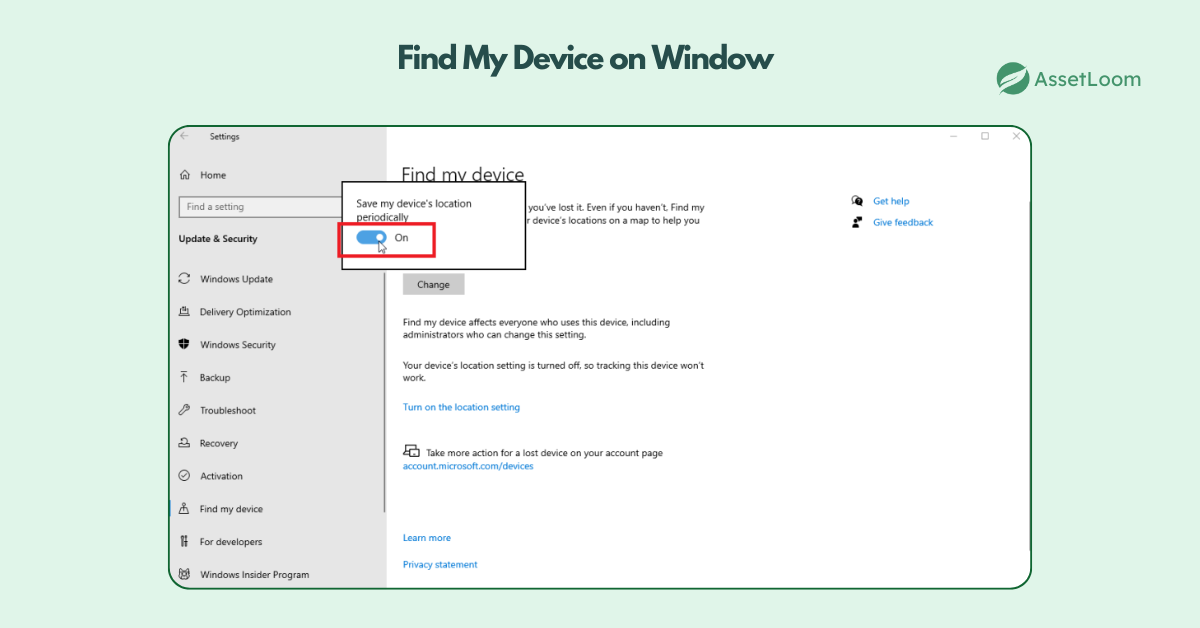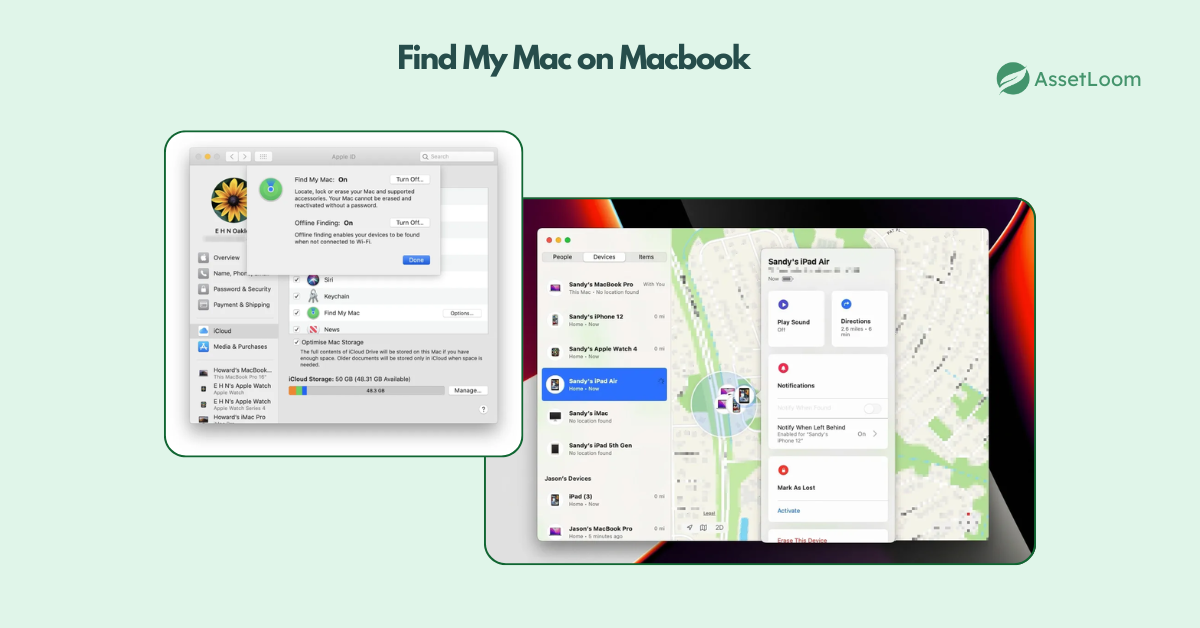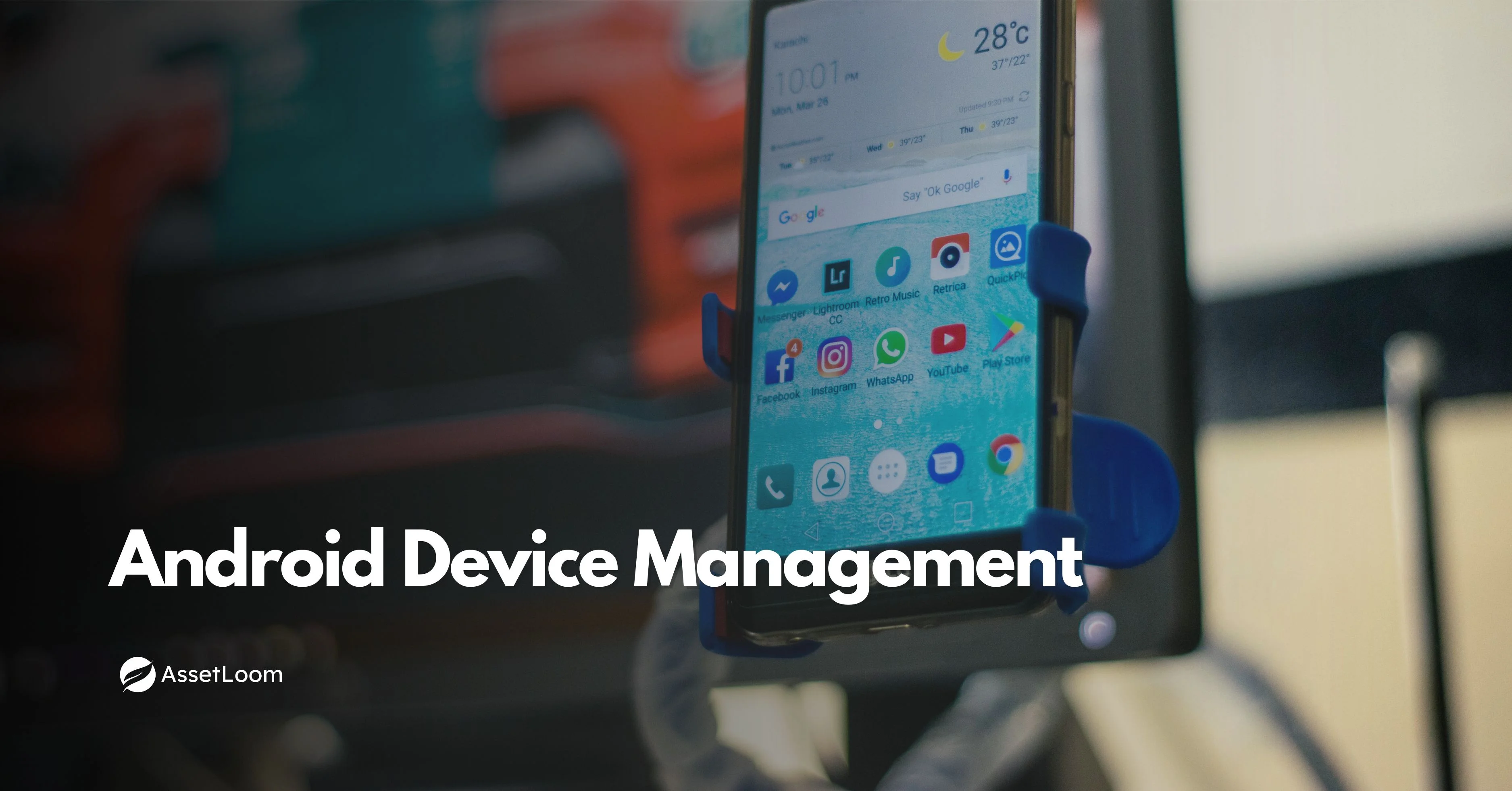How Can I Track a Stolen Laptop and Prevent It from Happening Again?
Lost your laptop? Learn how to track a stolen laptop, secure your data, and prevent future thefts with smart tools and hardware asset management strategies.
Losing a laptop is never just an inconvenience; it’s a major headache. Whether it’s swiped from a café or goes missing at the office, the impact can be devastating, especially when you think about the sensitive data that might be exposed. If you're wondering how can I track a stolen laptop?, you're not alone. Thousands of laptops are stolen every day, and the potential consequences; ranging from data breaches to the loss of intellectual property are significant.
But here’s the good news: tracking a stolen laptop is possible, and there are steps you can take to increase the likelihood of recovering it. In this blog, we’ll guide you through the immediate actions you should take if your laptop is stolen, and how you can track it down. Plus, we'll dive into ways to prevent future thefts and protect your valuable assets.
So, let’s dive in how you can not only track that laptop but also make sure it doesn’t happen again.
First Things First: What To Do Immediately After Your Laptop Is Stolen
Losing a laptop can feel like the end of the world. But, before you panic, there are a few key steps you can take to minimize damage and hopefully track down your device. Here’s a quick checklist of what to do immediately after realizing your laptop has been stolen:
1. Report the Theft
First things first: let the right people know what happened. Don’t assume that the situation will sort itself out. Here’s who you need to contact:
- Your Organization: Notify your IT department or security team if you're using the laptop for work. They’ll have the tools to lock down your device remotely or disable access to company systems.
- The Police: File a police report. This might seem like an obvious step, but it’s important for both legal reasons and to help authorities track your laptop.
- Your Insurance Provider: If your laptop is insured, make sure to report the theft to your insurance company as soon as possible to start the claims process.
2. Lock the Device Remotely
If you’ve enabled remote tracking features (like Find My Device on Windows or Find My Mac on macOS), now is the time to use them. These built in features allow you to lock your laptop remotely and even display a message on the screen (e.g., “This laptop has been stolen—please contact me”). It’s also a good idea to activate Mobile Device Management (MDM) tools if your company uses them, as they allow you to lock or wipe the device remotely.
By locking the laptop, you prevent the thief from accessing your files, emails, and other sensitive data. It’s one of the quickest ways to mitigate the potential fallout from the theft.
3. Change Passwords for Important Accounts
Once your device is locked, it’s time to secure your accounts. Immediately change the passwords for all critical services that were accessible from your laptop. These may include:
- Email accounts (especially work email, which could be the gateway to other sensitive company systems)
- VPN and company tools (access to internal networks or cloud storage)
- Financial accounts (online banking, payment services)
You may want to enable two-factor authentication (2FA) on these accounts for added security, ensuring that even if someone tries to break into your accounts, they won’t succeed.
4. Monitor Suspicious Activity
The thief may try to use your credentials or sell your data on the black market. This is why it’s important to keep a close eye on your accounts in the days following the theft. Monitor for any unusual login attempts, unfamiliar devices accessing your accounts, or attempts to change your passwords. If possible, use a service that provides identity theft monitoring or fraud alerts to detect unauthorized activity quickly.
How Can I Track a Stolen Laptop? Here’s What Works
So, your laptop is gone. Now what? The good news is, with the right tools in place, you can track your stolen laptop. While there’s no guarantee you’ll get it back (unless you’re in the movies), these tracking methods can significantly increase your chances of recovering your device. Let’s explore the options:
1. Use Built-In Tracking Features
Both Windows and macOS offer built in tools to help you track your laptop. These tools, when enabled, can be lifesavers in case of theft.
- Windows (Find My Device): If you're using Windows 10 or later, make sure you’ve enabled the "Find My Device" feature. Once activated, you can log into your Microsoft account and check the location of your laptop. You can also lock the device or remotely erase data.
-
-
To enable it beforehand: Go to Settings > Update & Security > Find My Device and toggle it on.

-
- Mac (Find My Mac): For macOS users, Find My Mac allows you to track, lock, or erase your MacBook if it’s connected to the internet. You can access it through iCloud or the Find My app on another Apple device.
-
-
To enable it beforehand: Go to System Preferences > Apple ID > iCloud, and make sure Find My Mac is checked.

-
2. Use Third Party Tracking Software
If you had third-party tracking software like Prey, Life360, or MoniMaster installed, you have access to additional tracking tools:
- Live GPS Tracking to pinpoint the device's location.
- Remote Locking and Wiping to secure your data.
- Webcam Access to capture photos of the thief in action.
- Alerts that notify you when the laptop is turned on or moved.
These apps often run in the background, making it harder for thieves to detect or remove them.
3. Check Login Activity from Cloud Accounts
If the thief attempts to access apps like Google, Microsoft, or Dropbox, these services usually log:
- Last login time
- Device type
- IP address and approximate location
Log into these services from another device to check the activity logs. This can provide valuable information for both you and law enforcement.
4. File a Police Report with Serial Number
Immediately file a police report with the serial number of your laptop (found on the box, invoice, or purchase history). This number is essential for proving ownership and can help if the device is recovered or sold. Don't forget to check if your insurance policy covers stolen electronics.
5. Monitor Online Marketplaces
Stolen laptops often end up on resale platforms like eBay, Craigslist, or Facebook Marketplace. Search these sites for listings matching your laptop’s model and specs. You can even set alerts to be notified if your device is listed for sale.
Enter Hardware Asset Management: Your Secret Weapon Against Laptop Loss
So far, we’ve covered what to do after a laptop is stolen and how to protect your devices from being easy targets. But let’s take it one step further—what if you could track every laptop you own, long before anything goes wrong?
That’s where hardware asset management (HAM) comes in.
So, What Is Hardware Asset Management?
At its core, HAM is the process of tracking and managing your organization’s physical IT assets; from purchase to retirement. It answers essential questions like:
- Who is currently using this device?
- Where was it last located?
- What software is installed?
- When was it last online or serviced?
Instead of relying on outdated spreadsheets or scattered notes, HAM centralizes this information, giving IT teams clarity and control over all their assets; especially laptops.
How It Helps You Stay in Control
Here’s what hardware asset management; especially when powered by a tool like AssetLoom, brings to the table:
- Comprehensive Inventory Management: Maintain an up-to-date record of all hardware assets, including specifications and status.
- Accurate Location Tracking: Monitor where each device is and its movement across different locations.
- Detailed Ownership Records: Track asset assignments to employees, ensuring accountability.
- Proactive Maintenance Scheduling: Set up regular maintenance to extend device lifespan and prevent unexpected failures.
- Automated Alerts: Receive notifications for events like unauthorized movement, inactivity, or approaching end-of-life.
In cases of theft or loss, HAM provides a digital trail that aids in recovery efforts and insurance claims.
Real-World Scenario: From Panic to Plan
Consider a scenario where a remote employee reports their company-issued laptop as stolen. With AssetLoom, you can:
- Asset Assignment Review: Quickly identify the employee the laptop was assigned to and verify assignment details.
- Last Known Activity: Access logs showing the device's last known IP address and activity before going offline.
- Usage Analysis: Determine if the device was accessed post-theft, aiding in assessing potential data breaches.
- Comprehensive Reporting: Generate detailed reports to assist law enforcement and streamline insurance processes.
This proactive approach transforms a potentially chaotic situation into a manageable process.
Final Thoughts
Losing a laptop is stressful, but it doesn’t have to be a total disaster. When you know how to track a stolen laptop and have the right tools in place, you can act quickly, reduce damage, and maybe even recover the device.
To recap:
- Take immediate steps: report the theft, lock it down, and change passwords
- Use tracking tools; both built-in and third-party
- Keep detailed records with hardware asset management
- Stay alert with preventive practices like asset tagging and encryption
The key is to stop thinking of asset management as a boring IT chore and start seeing it as your first line of defense. And if you’re managing dozens or hundreds of devices, platforms like AssetLoom can make it a whole lot easier to stay organized, secure, and ahead of the curve.

Subscribe for Expert Tips and Updates
Receive the latest news from AssetLoom. right in your inbox


